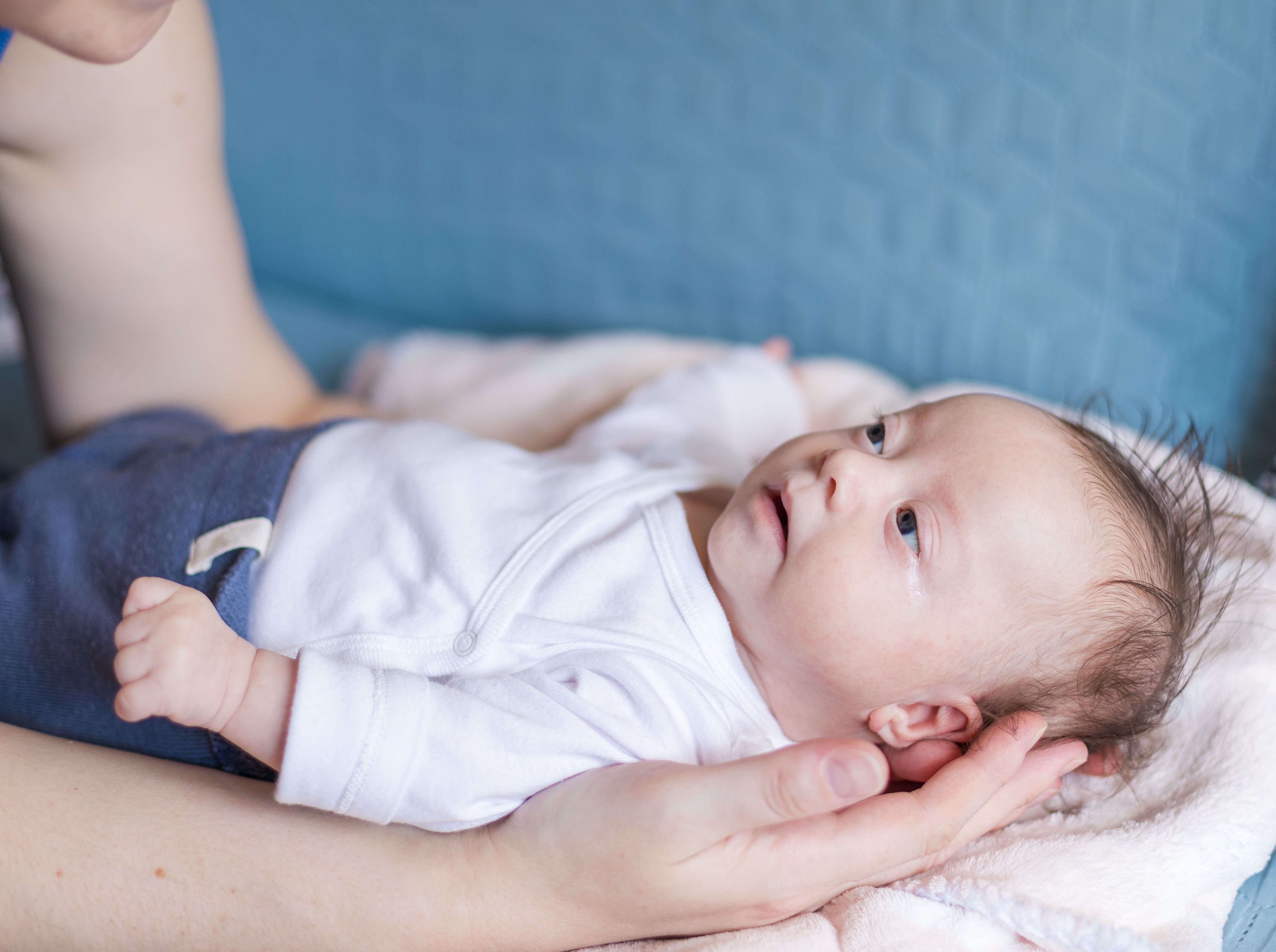Neonatal Down Syndrome more common after 20-week abortion ban
In a recent study, states enacting a 20-week abortion ban from 2011 to 2018 had increased rates of neonatal Down Syndrome diagnoses.
Neonatal Down Syndrome more common after 20-week abortion ban | Image Credit: © bymandesigns - © bymandesigns - stock.adobe.com

Neonatal Down Syndrome diagnoses were more common in states with 20-week abortion bans in the United States from 2011 to 2018, according to a recent study published in JAMA Network Open.
A significant increase was seen in legislation restricting abortion from 2011 to 2018, with many states banning abortion after a specific point in pregnancy. There were 18 states with abortion banned after 20 weeks’ gestational age by 2022.
Worse outcomes have been observed in individuals denied an abortion, such as delays in care, higher costs, longer travel times, and increased birth complications. Short- and long-term psychological stress from navigating barriers to obstetric care have also been observed in these individuals.
About 1 in 700 births in the United States present with Down Syndrome, making it the most common chromosomal disorder. Second-trimester testing includes testing for conditions such as trisomy 21 and Down Syndrome, but individuals’ ability to have an abortion at this point is affected by 20-week abortion bans.
To examine the association between 20-week abortion bans and Down Syndrome diagnoses, investigators conducted a historical, population-based study with data from the National Center of Health Statistics (2011-2018). Births with an unknown status of neonatal Down Syndrome and from Nebraska, a state implementing a 20-week abortion ban before 2011, were excluded.
States enacting a 20-week abortion ban from 2011 to 2018 were compared with states which did not enact a ban. There were 17 states in the abortion ban group.
Neonatal Down Syndrome diagnosis was the primary outcome measured in the study. Race and ethnicity data was also included, as previous studies have indicated race and ethnicity impact the sensitivity of Down Syndrome diagnosis. Participants were categorized based on insurance type, maternal education, and number of prenatal visits.
Of the 31,157,506 US births from 2011 to 2018, 33.1% took place in states enacting a 20-week abortion ban during this time. There were 15,951 births associated with Down Syndrome diagnosis, 5330 in states that enacted 20-week abortion bans and 10,621 in states without 20-week abortion bans.
Individuals giving birth in states which enacted 20-week abortion bans were more often White, had public insurance, had less than a college-level education, and had under 5 prenatal visits. When controlling for these variables, neonatal Down Syndrome diagnosis was 1.17 times more likely in states enacting 20-week abortion bans.
In states which did not pass abortion bans, rates of Down Syndrome diagnosis increased from 47.3 to 53.5 per 100,000 births from 2011 to 2018, compared to 48.1 to 58.2 per 100,000 births in states which did pass abortion bans.
A significant rise in Down Syndrome diagnoses was observed in states enacting abortion bans from 2015 to 2018, increasing from 1.10 times more likely than states without an abortion ban to 1.33 times more likely. Overall, from 2011 to 2018, states which enacted an abortion ban had greater odds of neonatal Down Syndrome diagnosis.
Reference
Chaiken SR, Mandelbaum AD, Garg B, Doshi U, Packer CH, Caughey AB. Association between rates of down syndrome diagnosis in states with vs without 20-week abortion bans from 2011 to 2018. JAMA Netw Open. 2023;6(3):e233684. doi:10.1001/jamanetworkopen.2023.3684
S1E4: Dr. Kristina Adams-Waldorf: Pandemics, pathogens and perseverance
July 16th 2020This episode of Pap Talk by Contemporary OB/GYN features an interview with Dr. Kristina Adams-Waldorf, Professor in the Department of Obstetrics and Gynecology and Adjunct Professor in Global Health at the University of Washington (UW) School of Medicine in Seattle.
Listen
Similar delivery times between misoprostol dosages among obese patients reported
May 29th 2024A recent study found that obese patients undergoing induction of labor experienced similar delivery times regardless of whether they received 50 μg or 25 μg of vaginal misoprostol, though multiparous patients showed faster delivery with the higher dosage.
Read More
Buprenorphine use in pregnancy linked to decreased fetal breathing movements
May 18th 2024According to a poster presented at ACOG 2024, use of the synthetic opioid buprenorphine depressed fetal breathing in biophysical profile assessments, but had no significant impact on other factors like amniotic fluid index or fetal tone.
Read More
